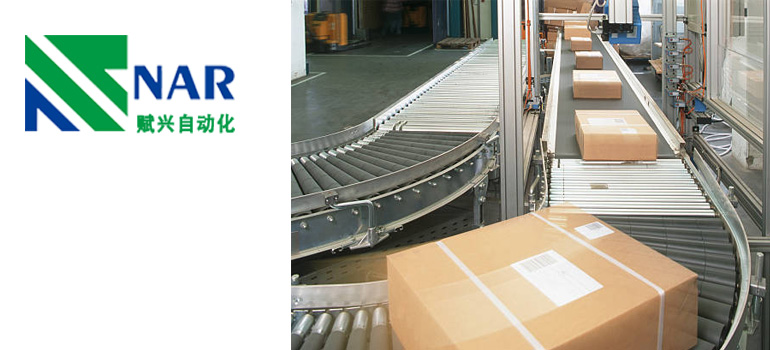Summary:
Everything you need to know about conveyor backstop
What is a conveyor backstop?
What are the functions of conveyor backstops?
What types of conveyor backstops are there?
Peralatan conveyor backstop is designed to prevent the tilting belt conveyor from reversing or sliding, and a backstop or braking device is added according to the specific situation. The backstop can prevent the product from rolling back during shutdown. It is a safety device that is particularly important for belt transportation.
What do you know about conveyor backstops? The following will introduce the definition, function, and importance of conveyor backstops.
What is a conveyor backstop?
The conveyor backstop, also known as an anti rotation device or stopper, is mainly used to protect the inclined conveyor from gravity acceleration causing reverse or smooth accidents. Used for device security mechanisms to prevent rollover or catastrophic system failures.
If the drive pulley fails and the conveyor belt needs to be stopped immediately, the conveyor’s backstop will start and immediately stop the system.
What are the functions of conveyor backstops?
Peralatan backstop prevents the inclined belt conveyor from sliding smoothly. In addition, it is also possible to choose to equip the flat conveyor with a backstop. This is because the backstop helps prevent product damage under impact load conditions, where the loaded belt may sag between the idlers when the conveyor starts.
When do I need to choose a conveyor backstop? When the force required for the running conveyor to load in the vertical direction is greater than half of the force required for moving the load in the horizontal direction, a conveyor backstop needs to be installed.
What types of conveyor backstops are there?
The conveyor backstop can be divided into belt backstop, drum backstop, and irregular block backstop.
A belt type backstop mainly consists of three parts: a limiter, a brake band, and a backstop. The belt type backstop has a simple structure and is suitable for low-power belt conveyors. Its disadvantage is that it needs to be reversed for a period of time before stopping. The larger the diameter of the drum, the longer the reverse distance will be. It is not suitable for high-power and high-power mobile conveyors.
The roller backstop is a roller overrunning clutch that consists of an inner ring, an outer ring, a roller, and a spring. The outer ring of the backstop does not move. When the conveyor is running normally, the inner ring rotates counterclockwise.
The roller is at the large end of the wedge-shaped space, and the roller is not working. When the inner ring rotates clockwise, the roller is not pushed by the inner ring. Under the action of spring force, it moves towards the small end of the wedge-shaped space.
Due to the friction between the roller and the backstop, the inner ring of the backstop cannot move, playing a backstop role. Similarly, when the outer ring is not fixed, It can be used as a speed limiting overrunning clutch.
The irregular block backstop is a special form of the irregular block clutch when applied to backstop. It is composed of the backstop body and the backstop arm. One end of the backstop arm is fixed together with the outer ring of the backstop body, and the other end is fixed on the frame or foundation of a large angle conveyor to obtain backstop torque.
Its working principle is similar to that of a roller backstop, in which the irregular block in the backstop plays a crucial role. When the speed of the inner ring is greater than that of the outer ring, The shaped block hardly generates friction.
When the speed of the outer ring is greater than that of the inner ring, the shaped block gradually compresses the inner and outer rings under the action of friction, making the speed of the inner and outer rings close.
This is the function of the overrunning clutch. When the outer ring does not move and the inner ring reverses, the shaped block acts, achieving a backstop effect.
Peralatan use of conveyor backstops can reduce the injury rate of operators and play a safety role. Choosing the appropriate backstop is particularly important. I hope you can choose the appropriate backstop through the content to improve the safety of the device.
For more conveyor technology, please contact PT. Nar.
Maybe you are interested in the following: Optimizing Factory Production Efficiency: Understanding and Using Conveyor Belts

